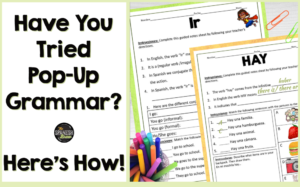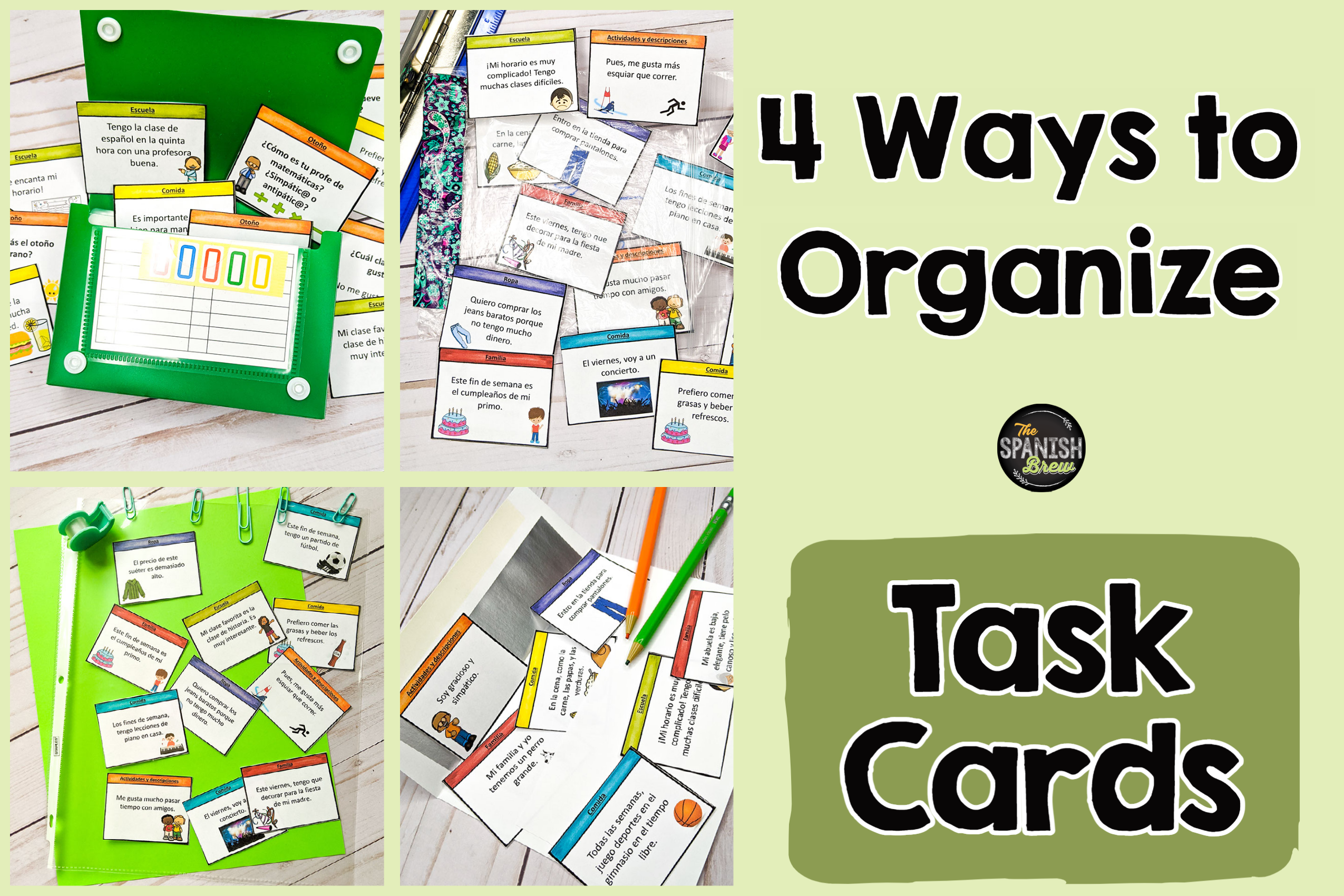(Spoiler alert: They are SOOO easy to grade!)
Research shows that students need a tremendous amount of input before they are able to produce a second language. This input should be both oral through listening activities as well as visual through reading. Students best acquire language by seeing the vocabulary and grammar in context. So how do we give them that context?
One easy way to get maximum visual input is through having students read and analyze sentences. I give my students lots of “true/false” and “logical/illogical statements” to see if they comprehend the Spanish they read. However, after a while, just simply writing those words as their answers can get redundant. So I created an awesome activity that includes coloring and even more vocabulary input! Keep reading to find out the secret.

First, find a coloring book style picture that students can color. I like to pick a scene that matches the vocab we are studying, such as food. Then I create ten “logical/illogical statements” relating to our vocabulary. For example, in the food chapter I ask them “El pollo es una proteina” (Chicken is a protein). Then it tells them that if the answer is logical, they should color the apple red, and if the statement is illogical they should color the apple green. Below are some examples:

Example sentences
Since the picture I choose also relates to the vocabulary we cover, so they are seeing those words again in the answers. This activity links the written words with the pictures, which is excellent for your visual learners. The added bonus is that is is SO easy for the teacher to grade. If the colors match, you know that the student correctly understood the sentence.
I hope your students enjoy this as much as mine have!
Here are a few examples of this activity relating to the following themes:



No Comments